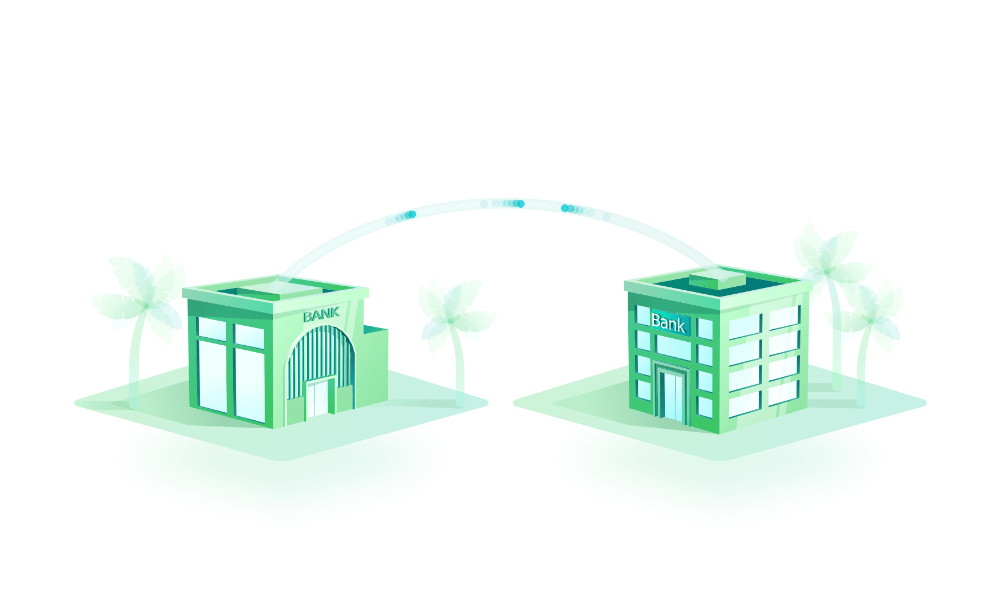Once you have your e-commerce running perfectly within the market you have chosen, and you start thinking about boosting it into the next level, expanding your sales by adopting the most popular digital payment solutions throughout the world is the way to go.
And once you analyze and decide which markets are to be targeted, you will come to the conclusion that it is best to take these markets´ characteristics into consideration. Questions like “Will these consumers buy my products/services?”, “What is the best way/channel to communicate with my audience in these markets?”, “How will this audience prefer to pay for my products/services” will dictate your next moves in order to succeed in your strategy.
Speaking of which, payment preference is one of the most important factors that need to be taken into consideration when thinking about expanding. The payment possibilities offered to your customers will have a direct impact on your sales volume. The more preferred options you offer to them, the merrier. A payment strategy that fits perfectly in to the market you want to enter to can be the best marketing strategy you will have.
With over 650 million people living in over 40 nations, it comes as no surprise that Latin America and the Caribbean have their own payment preferences, just as any other region in the world.
Thinking about what are the Latin American payment preferences when it comes to online shopping? Then let’s jump right in to the Latin American digital payment solutions landscape.
Digital Payment solutions in Latin America – A Mix of the Online and the Offline Worlds
In Latin America, digital payments landscape is formed by both internationally known payment options and widely used local ones. Consumers in the region pay for their online purchases using options that go from credit cards to very regionalized cash vouchers which can be generated online and paid offline, at local convenience stores, for example. By the way, Latin Americans really like using local payment methods for their online purchases.
Some of the main digital payment options used in Latin America, including local payment solutions, are:
- Credit cards
- Bank transfers
- Cash vouchers and other alternative payment methods
Credit Cards: One of The Most Used Payment Solutions
Credit cards are a very important payment solution in Latin America. Either in brick-and-mortar stores or online stores, this transaction method is a very used payment solution.
But there is the trust factor that is deeply rooted in Latin American culture: many Latin Americans do not feel comfortable giving personal data on the internet. These consumers do not enjoy buying online when they have to put their credit card information on the website.
Furthermore, there is the factor of differentiation of credit cards, which can be:
- International credit card
- Domestic credit card
The international credit card can process international currency, allowing the consumer to use it when being abroad or to buy online from a foreign website, besides paying for purchases made at local brick-and-mortar stores and online domestic stores.
On the other hand, domestic credit cards can only process local currency, allowing consumers to buy only from brick-and-mortar stores in the country and from national online stores. Among the domestic credit cards are the retail credit cards and the ones from domestic schemes. Thus, credit cards are among the most popular digital payment solutions in Latin America.
Installments
Installments are a very important chapter of the credit card topic in Latin America, offered as a payment option in Latin American countries. They allow consumers to pay for a purchase in portions spread throughout the year. The amount of each quota will always be lower than the total price of the purchase, which makes it easier to acquire goods or services.
Imagine the following, someone remodeling their home, having to buy a new sofa, new chairs and a new rug. Without the installments plan, the person would have to pay for everything right away. Therefore, they would probably buy one item today, the next one two months from now, and would wait a little longer to buy the last one. The waiting time could make them give up the purchase. Having the installments option, the person can fit the amount to their budget, and even choose more expensive items.
Latin Americans are used to having this option when buying from brick-and-mortar and from domestic online stores as well. In fact, the majority of these Latin American stores provide installment plans to their customers. In Mexico, 64% of domestic online retailers offered the option for shoppers in 2015, as reported by AMIPCI (Mexican Internet Association). And, in Brazil, over half of e-commerce purchases made by Brazilians in 2017 were made with installments, according to 2018 edition of WebShoppers, Ebit’s report about online consumer behaviour in the country.
Bank Transfers represent one of the most popular digital payment solutions
Digital payments in Latin America also rely on bank transfers. When purchasing from websites, Latin Americans often choose to pay using bank transfer solutions, being redirected to their online banking platform. Brazil, Peru, and Ecuador are some of the Latin American countries where people are used to pay for online purchases using this local payment method.
Cash Vouchers and Alternative Payment Solutions: Reaching everyone
As much as credit cards and bank transfers are, indeed, options for Latin Americans to buy digitally, they are not an option for the unbanked ones. In Latin America and the Caribbean around 49% of adults are unbanked, as reported by the World Bank with 2015 data. It means that almost half of Latin American economically active population have no access to financial products and services whatsoever, whether they are provided by a financial institution or by a mobile money provider, for example.
In this scenario, local payment methods such as cash vouchers enter the Latin American digital payments landscape as a solid force, even being often options for offline payments. They give the Latin American unbanked adult population the possibility to buy online, just like the ones with bank accounts and credit cards. This is one of the most trusted online payment solutions.
Among the cash voucher payment solutions in Latin America, are:
- Boleto Bancário in Brazil
- OXXO voucher in Mexico
- Cupón de pago in Argentina
- Vía Baloto in Colombia
- Sencillito and Multicaja in Chile
These local payment solutions from Latin America allow payments to be made offline – physically, at a registered place which can be a bank agency, a convenience store, a groceries store, a supermarket, etc, depending on the method.
Besides being a form of access to online shopping for the unbanked ones, these cash vouchers are often the payment solution of choice for many banked people. Latin Americans with access to financial products and services frequently pay for online purchases with these local payment methods. It is a matter of trust and familiarity.
Take for example the Boleto Bancário in Brazil. It can be paid offline and online and it is now part of the Brazilian payment culture. People in the country pay from utility bills such as water and electricity to online purchases with it.
A survey conducted by EBANX in July of 2017 showed that paying for online purchases with the Boleto Bancário is a preference of Brazilians, even when buying from international merchants: over 70% of the ones that used this local payment method to pay for online purchases made on international websites said they had checking accounts. They like the Boleto Bancário option and feel safe with it.
In Mexico, the OXXO voucher can be paid at one of the 14,000 OXXO convenience stores in the country. Argentinians can go to one of the 12,000 registered stores in the country to pay for their online purchases with cupón de pago. Colombians are used to pay many bills and online purchases using the Vía Baloto, by going to one of the 10,000 Baloto’s kiosks around the country.
These local payment solutions also give Latin Americans the capillarity needed to make online shopping something easy for everyone.
Latin Americans also like to pay for their online purchases using other alternative and digital payment solutions. These are options that generate a numeric code and that allow consumers to pay online and offline as well, depending on the payment method.
- SPEI in Mexico
- Servipag in Chile
- PSE in Colombia
- Pago Efectivo and Safety Pay in Peru
Interbanking Electronic Payment System in Mexico, Sistema de Pagos Electrónicos Interbancarios (SPEI) in Spanish, allows Mexicans to pay through online banking and make electronic money transfers almost instantaneously. When choosing SPEI as the payment method during checkout on a website, Mexicans will access their online banking platform to complete the purchase, by informing the recipient’s account reference number.
Servipag is a method that offers Chilean online shoppers over 20 payment options, online and offline. In the offline scenario, after choosing Servipag option on the checkout page, Chileans can print or save a coupon, which they can pay for at any Servipag store.
When buying online, Colombians are used to Safe Online Payments, Pagos Seguros en Línea (PSE) in Spanish. During checkout, PSE works as an interface for the consumer, allowing them to make direct debits from their bank accounts. There is no need for the Colombian buyer to be a credit cardholder.
In Peru, online consumers can choose Pago Efectivo as a payment method. When choosing this option, they receive a numeric code which refers to this specific purchase. With this code, the can go to any of the 40,000 establishments in Peru that accept Pago Efectivo payments. Or, they can pay for it via internet banking. With Safety Pay, Peruvians also receive all payment details needed and can choose between paying offline, with cash, or online, via internet banking.





